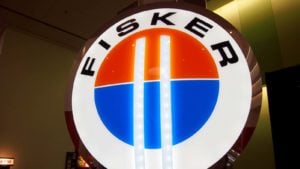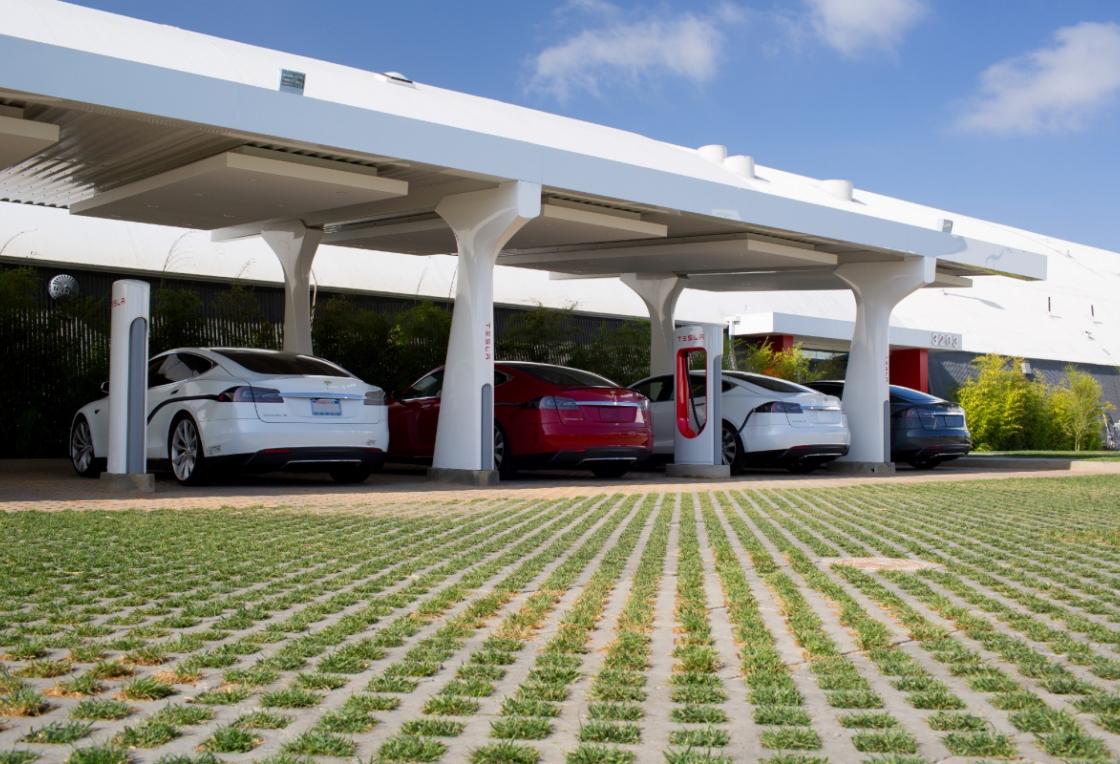Read The Full Article On: Investorplace
Given the founder’s checkered history in the EV business, Fisker needs time to prove its viability
By Lou Carlozo, InvestorPlace Contributor Dec 23, 2020, 10:05 am EST
I launch into this story admitting a deep skepticism for electric vehicle company Fisker(NYSE:FSR) and its Fisker stock. Launched as a public company at the end of October through a reverse merger with Spartan Energy, Fisker is named for its Danish founder Henrik Fisker. And while this company has no track record of which to speak, his predecessor EV outfit does. And it’s not exactly the kind you want to share during earnings reports. (More on those troubles in a bit.)

Source: Eric Broder Van Dyke / Shutterstock.com
What’s more, the Fisker Ocean isn’t coming out until the end of 2022 at earliest. That timeline hardly makes sense when another SPAC baby, the new Lordstown Motors(NASDAQ:RIDE), bought a colossal, abandoned GM plant in its namesake city and was cranking out working models less than a year later. Unlike Henrick Fisker, Lordstown CEO Steve Burns doesn’t ooze Euro-swagger. With his wrinkled outdoor vest and rolled-up sleeves, Burns looks more like an assembly line grunt than an EV company founder.
But while Fisker stock sets my spidey senses tingling, to quote the 1960s Marvel TV show, I’m more than willing to step back and see what might move me to change my mind. Here’s what I can share based on my test drive.
The Fisker Stock Conundrum
Mr. Fisker talks a good game — a little too good, for my tastes. His public statements pertaining to his planned SUV, the Fisker Ocean, use words like “revolutionary” and “first” quite often. All righty. What if I kept telling you that I was a wickedly talented writer, unsurpassed in my field?
To be fair, “revolutionary” more than applies to Fisker himself. Prior to this new release of Fisker stock, he racked up a stellar track record in the conventional auto industry. His roll call of sleek, sporty luxury vehicles includes the BMW Z8, Aston Martin DB9 and Aston Martin V8 Vantage. What’s more, his 2011 Fisker Karma was the world’s first premium plug-in hybrid vehicle. It had a solar panel on top. Really. Among its honors, the Karma captured Fast Company’s Innovation By Design Award, while Time named it one of the 50 Best Inventions of 2011.
And yet the Fisker Karma suffered from rotten car-ma. In a classic case of gross misjudgment, the EV maker relied on a sole battery supplier. And when that company went bust, the Karma soon followed suit. Fisker Automotive went bankrupt in late 2013.
Could History Repeat Itself?
As I see it, Henrik Fisker is off-the-charts creative. He certainly knows how to design head-turning products. But he doesn’t necessarily know how to sell them. In the early days of Apple (NASDAQ:AAPL), computer whiz Steve Wozniak needed a slick-talking Steve Jobs to champion his designs. Selling what you build versus building what you want to sell represent two entirely different skill sets. Based on precedent, Fisker has proven adept at one but not the other.
So off to the analysts we go and they’re certainly not busting down the doors with good news. In fact, Fisker stock has galumphed from a unanimous buy rating two months ago to a consensus hold today. And as Fisker 2020 has no history, all we can do is trace a line back to previous EV forays, which from a business standpoint aren’t encouraging.
And as the projected late 2022 release date of the Fisker Ocean SUV suggests, Henrick Fisker doesn’t exactly move at lightning speed. Three years separated the Karma’s unveiling at the 2008 North American International Auto Show and its release. By following a similar timeline today, Fisker 2020 runs the risk of being left behind by nimbler, smarter competitors.
Already worth an $82 billion mint, Chinese EV maker Nio (NYSE:NIO) is eyeing the U.S. market and has the mojo to make luxury SUVs. Meanwhile Tesla(NASDAQ:TSLA), which underwent a fierce legal battle with Fisker Automotive in 2008, isn’t about to let this new company come to market without a fight.
Keep It in Park
I’ve been wrong before when it comes to EV stocks. Horribly wrong. Not as wrong as Jim “Mad Money” Cramer bellowing to buy Bear Stearns the day before the company collapsed into a flaming wreck for the ages. But still wrong. On many occasions I contended that Elon Musk of Tesla was playing used car salesman. Where was Tesla’s profit? Why did his production projections sound so inflated?
But that was then and as 2020 finally retreats into the hysteria books, Tesla stock now belongs to the S&P 500 index and the company turns a profit (albeit modest). That’s the thing about EV companies: They don’t have to make any money per se to make lots of money for investors.
Still I don’t know how much Henrick the Dane has learned since the days of his Fisker Automotive debacle. What’s more, a lot can happen when your go-to-market date could run as late as 2023. And where Fisker stock is concerned, I smell potential trouble. Battery technology could take a sharp turn towards hydrogen cells or solid state by then. If the Fisker Ocean uses some older school plug-in tech, this new company could be burned by batteries once again.
It all adds up to too many potholes for me and I’m not certain how the Fisker Ocean can handle them, given that you and I have never even seen one. Thus Fisker stock remains a dicey proposition. And where EVs are concerned, the only kind of dicey I like hangs all groovy, fuzzy and neon green from the rearview.

